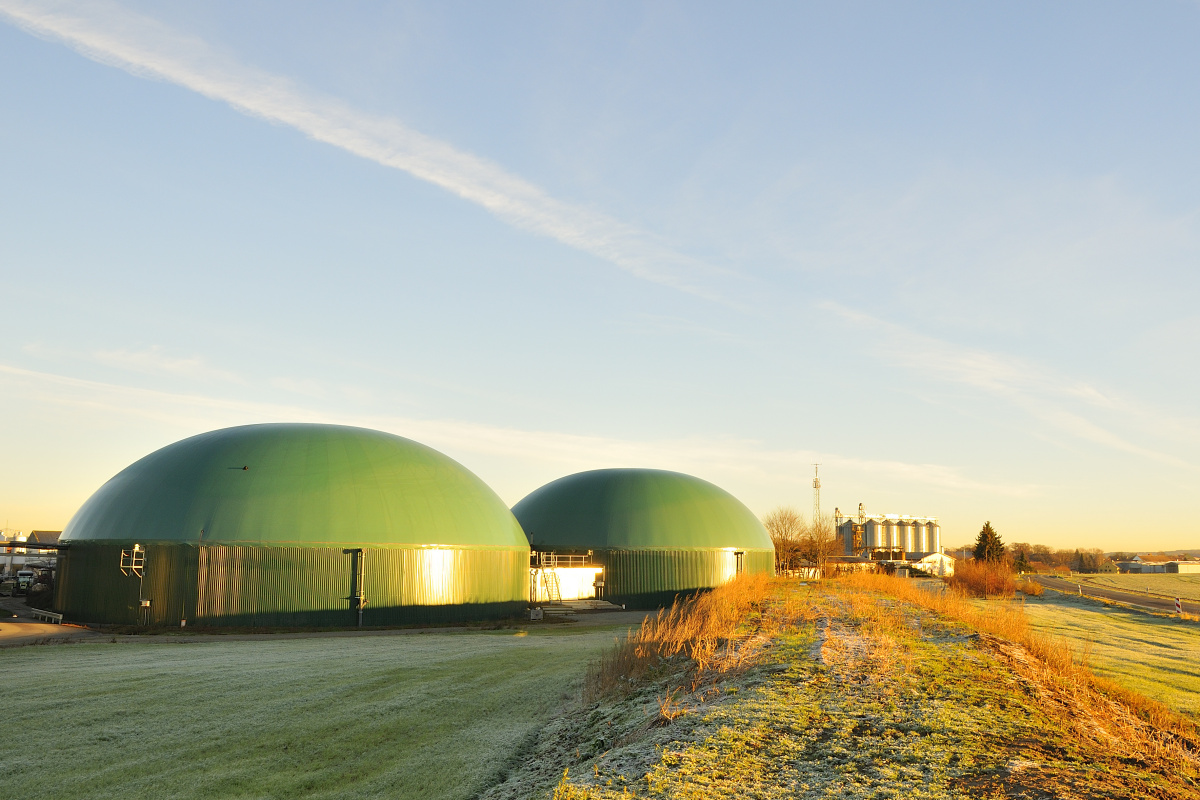Project Description
The importance of bioreactors for the human society can hardly be overstated. Controlled biological reactions have been used for production of essential goods since ancestral times, and are nowadays the basic element of several branches of industry: food, pharmaceutic, liquor, to name just a few. In the past decades, bioreactors have even grown in importance, given their central role in many aspects of the “green” society, such as the generation of cheap and clean energy, and the treatment of wastewater – two objectives that often come hand-in-hand in bioreactors. Due to the importance of bioreactors to society as a whole, a slight improvement in the performance of a given class of bioreactor’s may bring large benefits – financial as well as in terms of health and well being – for a large number of people.
Accordingly, the development of models and methods for prediction of their behaviour is an intense field of research. First-principles models – that is, based on the analysis of the chemical reactions involved – are an important tool for achieving such performance improvements. As a consequence, development of ever better first-principles models for bioreactors is a classical field of research that is still very active. In these first-principles models, chemical and physical parameters have to be identified experimentally, and given the complexity of the models this often brings issues of identifiability as well as of computational and experimental complexity. In our group we have been working on these issues for a while, having developed new tools and theoretical concepts for the analysis of identifiability [1, 2], as well as identification algorithms [3, 4] , all tailored to the application to this class of models.
On the other hand, black-box models in standard forms (NARX, NARMAX, etc) may be more handy for some purposes, and they do not suffer from the aforementioned identifiability or complexity drawbacks. However, to come up with appropriate black-box model structures that can cope with all the dynamic complexity of bioreactors is not a walk in the park either, and much research is still needed to adapt this modelling philosophy to bioreactors. Developing such black-box models is another promising line of research that we have been pursuing in our group.
[Bibtex]
@inproceedings{Bazanella:Rui:2012,
Address = {Campina Grande},
Author = {A. S. Bazanella and R. Rui},
Booktitle = {XIX Congresso Brasileiro de Autom{\'{a}}tica},
Pages = {--},
Publisher = {SBA},
Title = {Identification of arbitrary model parameterizations: the uses of Ritt's algorithm},
Year = {2012}}[Bibtex]
@inproceedings{Campestrini:Eckhard:Konrad:Bazanella:2012,
Abstract = {This work presents a non-linear identification of a bioreactor through the minimization of the
prediction error, where the output data are the measurements of the methane gas generated by the process,
during 37 days. Since the chosen model is non-linear, an iterative method is used to obtain the model parameters.
This method depends on the cost function?s gradient, whose calculus is implemented recursively, since it does
not have a closed form. The algorithm used in the minimization of the cost function is a combination of two
methods: the gradient method and the Newton-Raphson method. The model obtained is validated with output
data from the process and it reproduces the behavior of the bioreactor with good precision.},
Address = {Campina Grande},
Author = {L. Campestrini and D. Eckhard and O. Konrad and A. S. Bazanella},
Booktitle = {XIX Congresso Brasileiro de Autom{\'{a}}tica},
Pages = {3066--3072},
Publisher = {SBA},
Title = {Identifica\c{c}\~{a}o n\~{a}o-linear de um biorreator atrav\'{e}s da minimiza\c{c}\~{a}o do erro de predi\c{c}\~{a}o},
Year = {2012}}![[pdf]](http://www.datadrivencontrol.com/wp-content/plugins/papercite/img/pdf.png)
[Bibtex]
@article{Campestrini:Eckhard:Rui:Bazanella:2014,
Abstract = {This paper presents the identifiability analysis of a nonlinear model for a batch bioreactor and the estimation of the identifiable parameters within the prediction error framework. The output data of the experiment are the measurements of the methane gas generated by the process, during 37 days, and knowledge of the initial conditions is limited to the initial quantity of chemical oxygen demand. It is shown by the identifiability analysis that only three out of the eight model parameters can be identified with the available measurements and that identification of the remaining parameters would require further knowledge of the initial conditions. A prediction error algorithm is implemented for the estimation of the identifiable parameters. This algorithm is iterative, relies on the gradient of the prediction error, whose calculation is implemented recursively, and consists of a combination of two classic optimization methods: the conjugated gradient method and the Gauss?Newton method.},
Author = {L. Campestrini and D. Eckhard and R. Rui and A. S. Bazanella},
Doi = {10.1007/s40313-014-0129-3},
Issn = {2195--3880},
Journal = {Journal of Control, Automation and Electrical Systems},
Number = {4},
Pages = {438--447},
Title = {Identifiability Analysis and Prediction Error Identification of Anaerobic Batch Bioreactors},
Volume = {25},
Year = {2014},
Bdsk-Url-1 = {http://dx.doi.org/10.1007/s40313-014-0129-3}}
